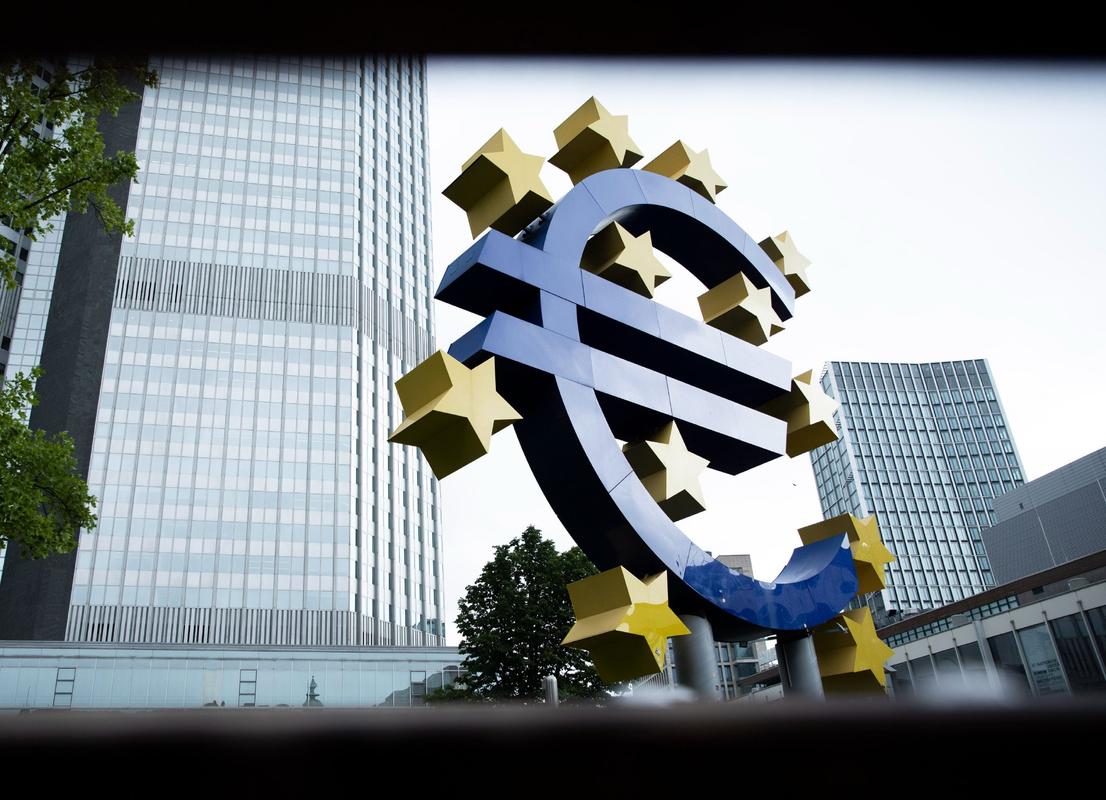
On March 6, local time, the European Central Bank announced that it would cut the three key interest rates in the eurozone by 25 basis points each, and the new interest rates took effect on March 12. After the rate cut, the eurozone deposit mechanism interest rate, the main refinancing rate and the marginal lending rate fell to 2.50%, 2.65% and 2.90% respectively. It was the ECB's sixth rate cut since June last year, in response to sluggish growth and contained inflation in the eurozone. At the same time, the EU's "rearming Europe" plan to mobilize 800 billion euros, Germany's "at all costs" financial increase plan, has also aroused widespread attention in the market. The combination of these policies is profoundly affecting the pattern of European financial markets.
From the perspective of monetary policy, the European Central Bank's interest rate cut is in line with market expectations. Under the background of steady progress in the process of falling inflation and the overall inflation development basically in line with expectations, the interest rate cut is aimed at easing the pressure on corporate financing and boosting market confidence. Lower interest rates make it cheaper for businesses and households to borrow new money, in theory helping to spur investment and consumption and boost economic growth. However, the further easing of financing conditions is still affected by the continued transmission of past interest rate hikes to the stock of credit, and overall credit growth remains subdued. The European Central Bank this quarter again cut its forecast for euro zone growth in 2025, mainly due to falling exports and weak investment, and it remains to be seen whether the rate cut will be effective in reversing sluggish growth.
The EU's "rearming Europe" plan and Germany's fiscal increase plan have brought new variables to the European economy and finance from the level of fiscal policy. The "Rearming Europe" plan aims to mobilise €800bn to build "a secure and resilient Europe", including €150bn in loans to EU member states for defence investment. Germany plans to amend its constitution to exclude defence and security spending from fiscal spending limits and establish a €500bn infrastructure fund. These large-scale fiscal spending plans will directly increase the demand for government debt financing and promote the increase of supply in the bond market. The recent surge in German 10-year bond yields is a direct reaction.
From the perspective of the financial market as a whole, the easing of monetary policy and the expansion of fiscal policy have formed a complex interactive relationship. On the one hand, the low interest rate environment under the loose monetary policy is conducive to the government's debt financing at a lower cost and provides some support for fiscal expansion. On the other hand, a sharp increase in fiscal spending could push up inflation expectations, limiting the ECB's room to cut interest rates further in the future. Markets have begun to worry about future inflationary pressures, with traders scaling back expectations of ECB rate cuts this year and even starting to price in the possibility of another rate hike next year.
On the exchange rate front, the euro also faces a lot of uncertainty. Interest rate cuts will narrow the spread advantage of the euro, causing some funds to flow to assets with higher yields, which will exert downward pressure on the euro exchange rate. But the expected growth from fiscal expansion could attract foreign capital inflows and support the euro. Risk aversion in global markets and moves in the dollar also have an impact on the euro. If global growth concerns intensify or geopolitical tensions escalate, the euro could be supported by safe-haven demand; If the Fed accelerates the rate cut, the depreciation pressure on the euro may be reduced.
The European Central Bank's interest rate cut and the European fiscal expansion plan are advancing simultaneously, bringing both opportunities and challenges to the European financial market. In the short term, lower corporate funding costs and higher fiscal spending may stimulate economic recovery, but in the longer term, inflation risks, debt sustainability, and the coordination of monetary and fiscal policies will test the stability and resilience of the European financial system. The future direction of European financial markets not only depends on the specific implementation of these policies, but also closely related to changes in the global political and economic environment.

The global electric vehicle market in 2025 is experiencing intense turbulence. Tesla, once a disruptor that reshaped the industry landscape, is now mired in an unprecedented sales crisis.
The global electric vehicle market in 2025 is experiencing …
Recently, Chinese telecom companies Huawei and ZTE signed a…
Recently, according to Xinhua News Agency, Israel's air str…
A strongly worded report from the Equality Trust argues tha…
On November 27, 2025, Alibaba officially entered the global…
The focus of the global financial market in 2025 has always…